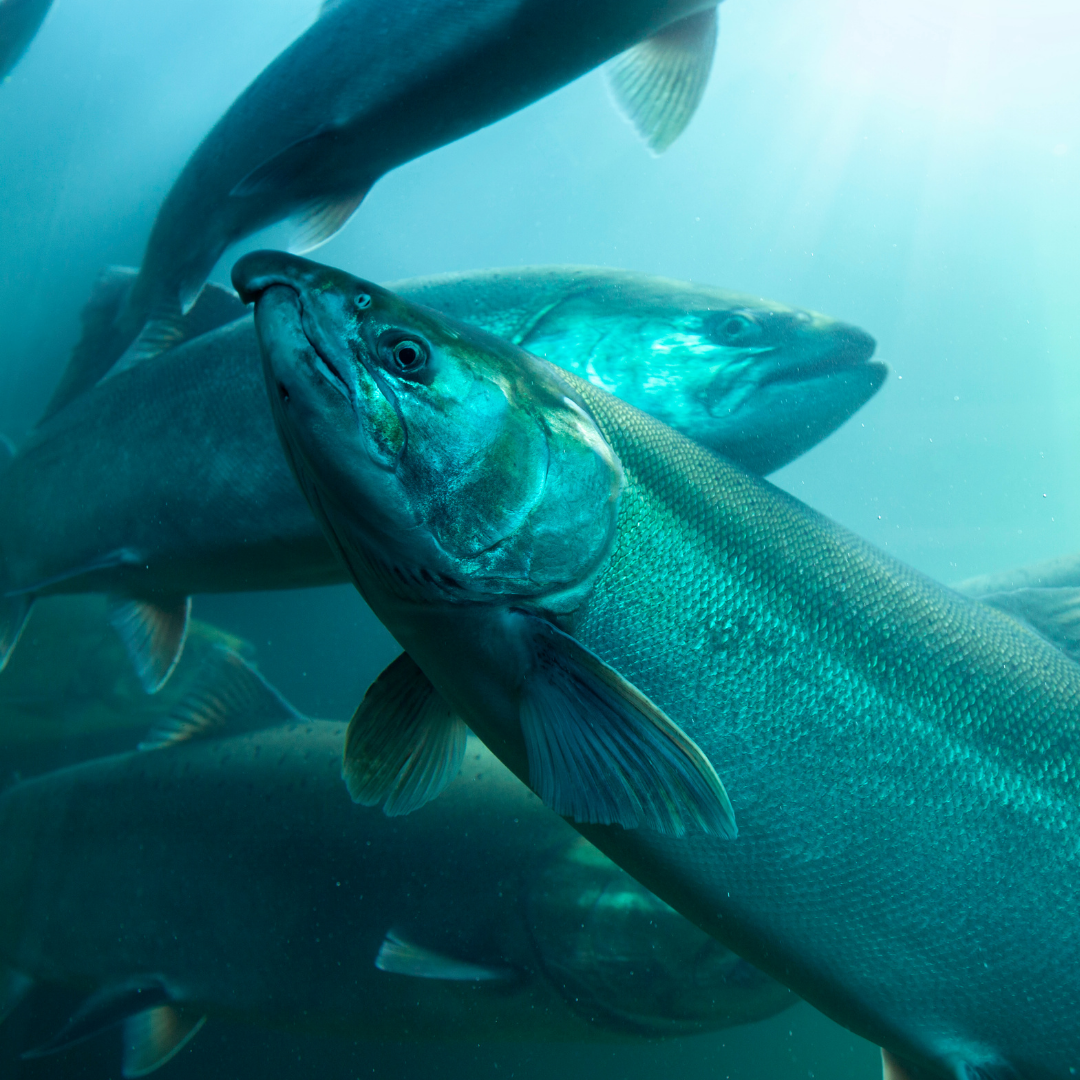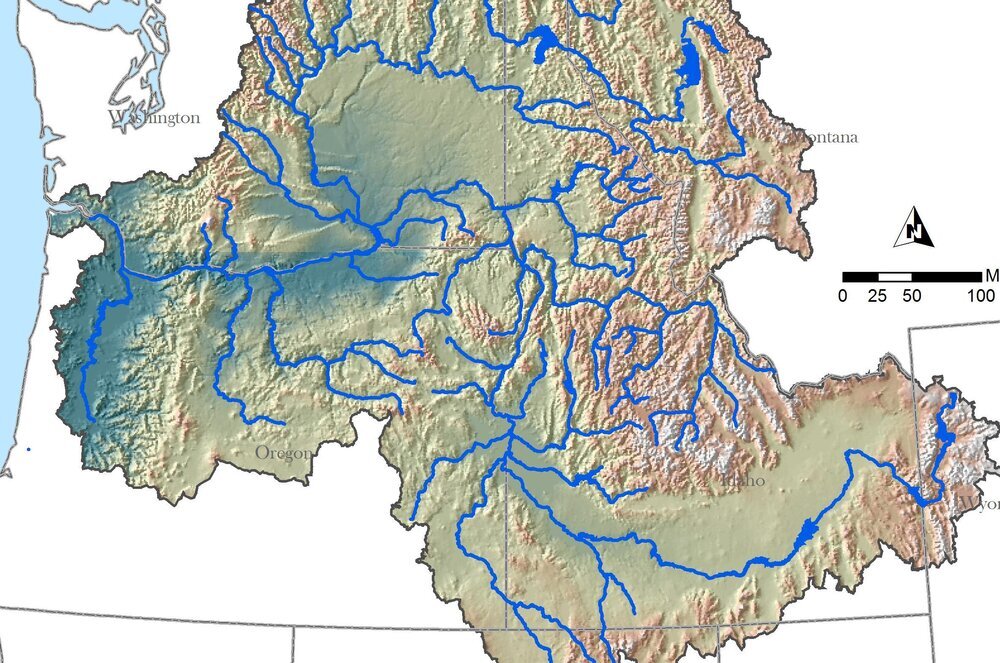Columbia Basin Initiative- One Year Later
This February marks the one-year anniversary of Congressman Mike Simpson’s Columbia Basin Initiative, a framework for salmon recovery, investment in infrastructure, and clean energy development across the Northwest.
The CBI represents a significant shift in regional discourse surrounding Lower Snake River Dam (LSRD) breaching. Tribal communities, riverside towns, and people that care about and rely on salmon and steelhead finally have a “champion” in the Congressman.
Never before has real change to the eight-dam hydrosystem on the Columbia-Snake Rivers seemed so within reach.
Following the CBI’s release, conversations started to happen around dam breaching, an issue that has for decades been in gridlock and litigation. Simpson himself has been central to many of these discussions, speaking to stakeholders and other members of the Northwest’s Congressional delegation over the last year.
Simpson has cited these conversations about the CBI as very important in swaying people’s opinions and gaining traction regionally for the plan. Representative Earl Blumenauer and Governor Kate Brown, both of Oregon, have officially supported the framework of the CBI.
The Affiliated Tribes of Northwest Indians and the National Congress of American Indians formally adopted resolutions at this summer’s Salmon Orca Tribal Summit that call for investment in salmon recovery and river restoration by Congress and the Biden Administration. The resolutions also support many underlying principles of the CBI, putting the backing of the 500-plus member Tribes behind Simpson’s plan.
His plan has, however, been met with plenty of skepticism from other members of Congress in the region, such as Cathy McMorris Rodgers and Dan Newhouse, both representing districts in Eastern Washington.
Their steadfast opposition has been rooted in the reliance of their constituents on the services the dams provide, namely power generation and a transportation corridor. Such services have been shown by Simpson’s CBI framework to be easily replaceable in such a way that Eastern Washington’s agricultural communities remain strong and our power grid maintains reliability.
Our elected leaders must collaborate efficiently and transparently, while avoiding redundancy. The issue of salmon recovery is urgent and Northwesterners deserve answers and action, not further questions. Call on our decision makers to act on behalf of salmon.Simpson has consistently emphasized the massive opportunity that the CBI presents for the region. The $33.5 billion framework would:
Invest in infrastructure and clean energy development
Recover wild salmon and steelhead runs in dire conditions
Address water quality issues across the Columbia Basin
Honor the federal government’s commitments to the rights of Tribal sovereigns
Read more about the CBI here.
Regional investment on this scale is increasingly necessary, particularly with a rapidly changing climate beginning to impact our communities and environment. A strong agricultural transportation network, a reliable clean energy grid, healthy rivers, and robust salmon runs would help create a resilient Northwest, better prepared for an uncertain future.
The core components of the CBI have informed other movements in the region and nationally. Washington Governor Jay Inslee and Senator Patty Murray announced their intention to craft a report that will investigate what it would take to replace the Lower Snake River Dams.
The Biden-Harris Administration has also agreed to pause decades of salmon recovery litigation in an effort to chart a path forward for salmon in the Columbia Basin. Both of these processes will conclude on July 31st of this year.
At IRU, we believe it is important to keep in mind that Simpson’s CBI has already given the region a valuable framework on how to move forward, how to replace the services of the Lower Snake River Dams, and how to return wild salmon and steelhead to abundance in Idaho.
One year on from the CBI’s release, the Congressman continues to provide leadership and build momentum on wild salmon recovery.



